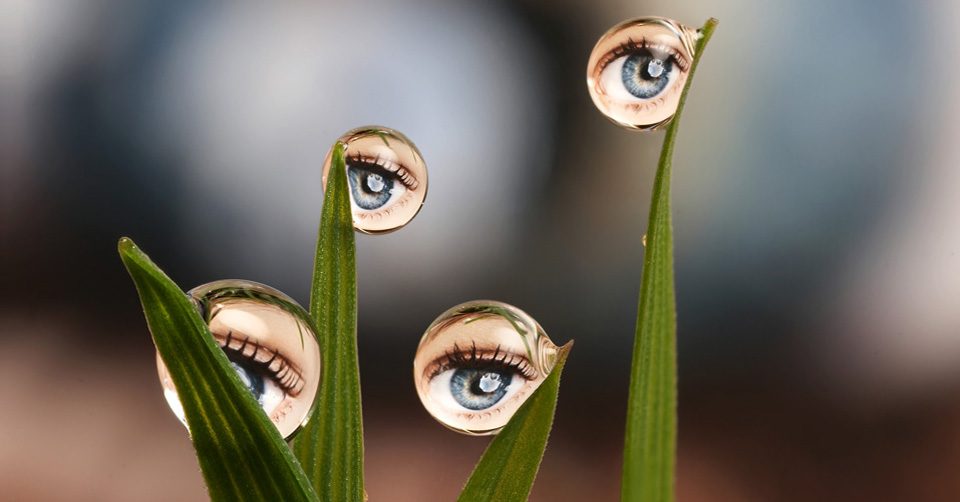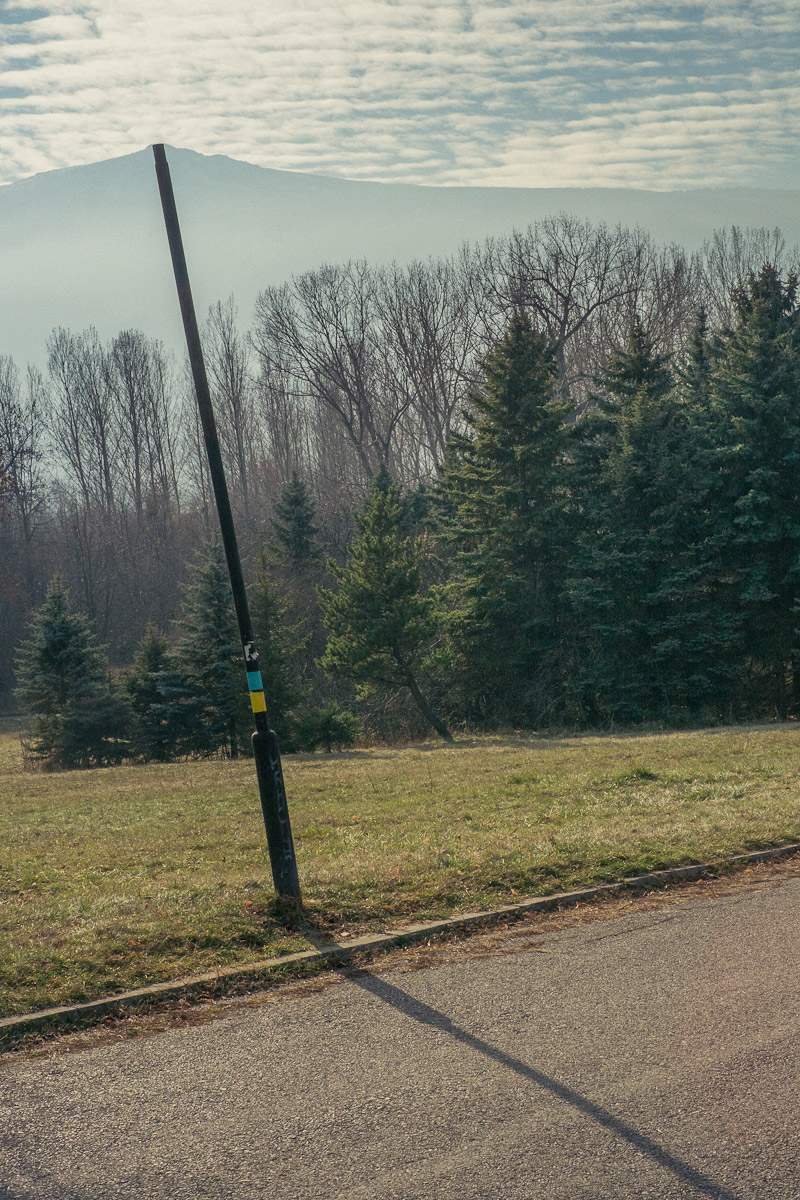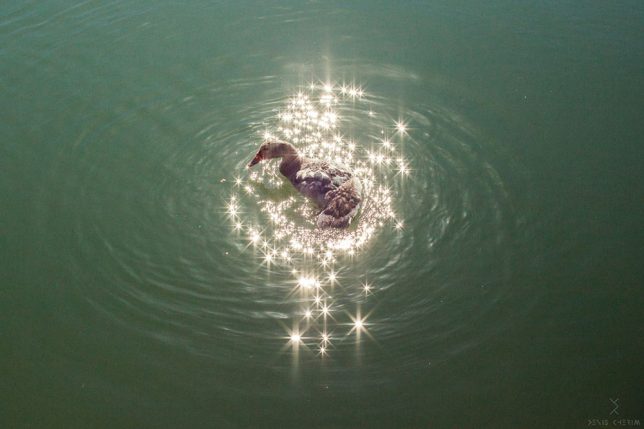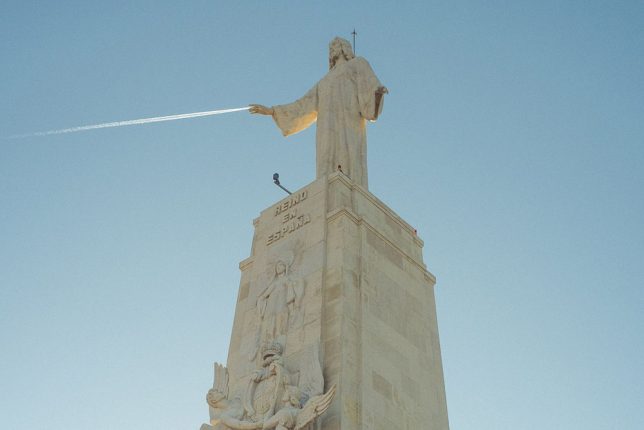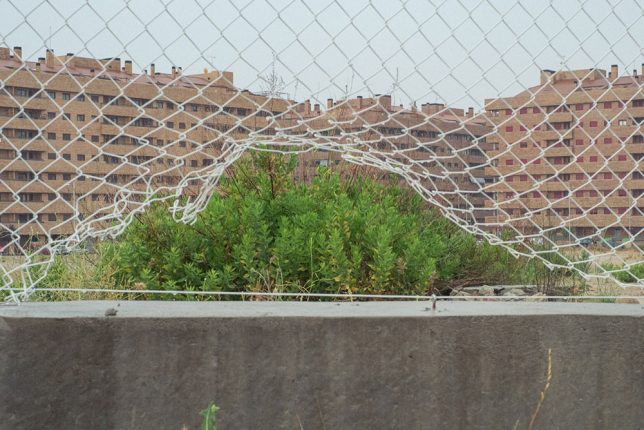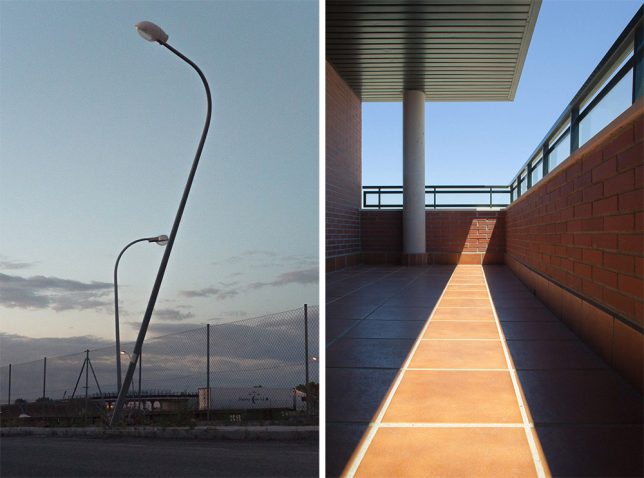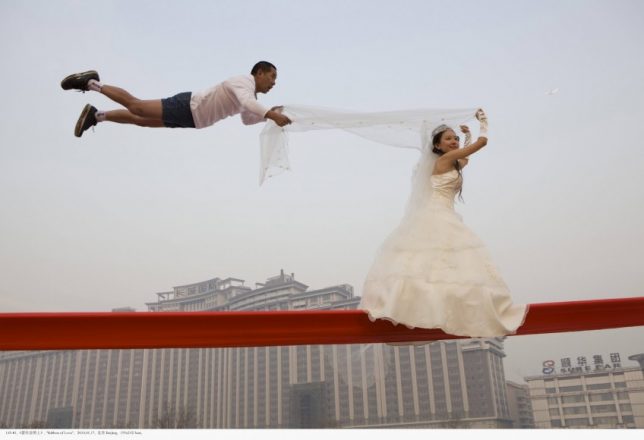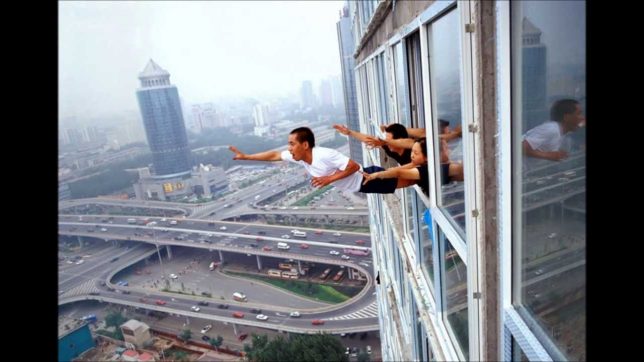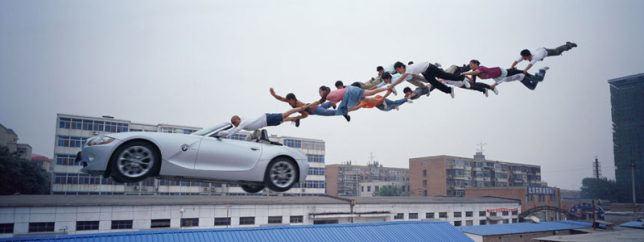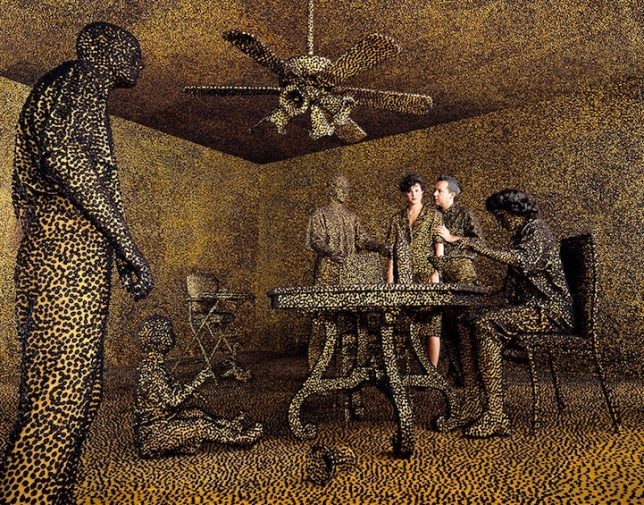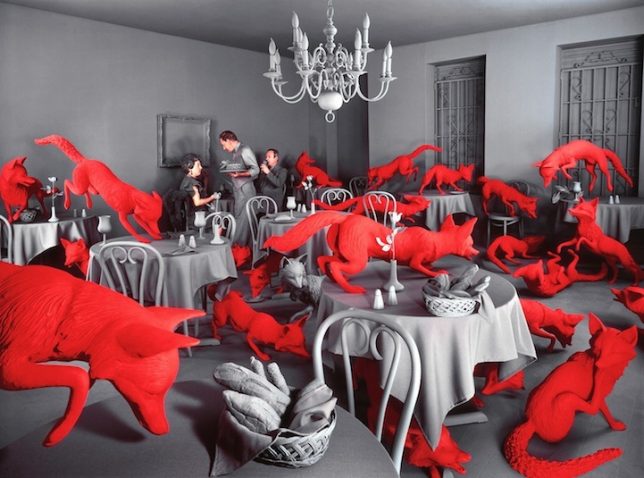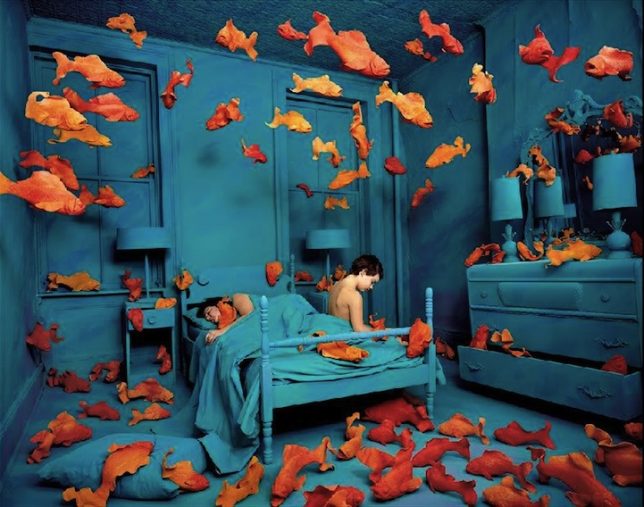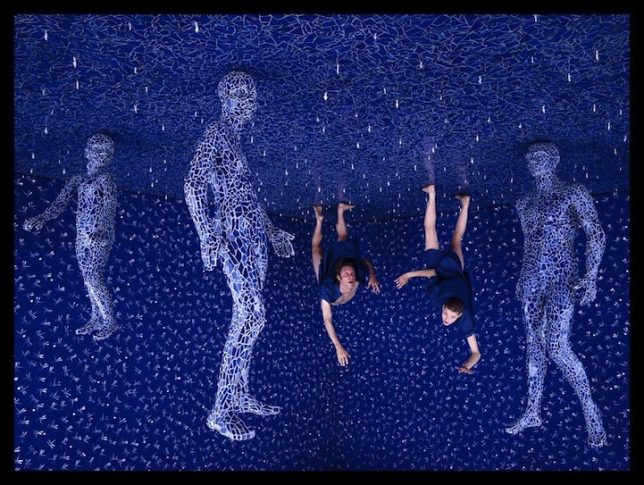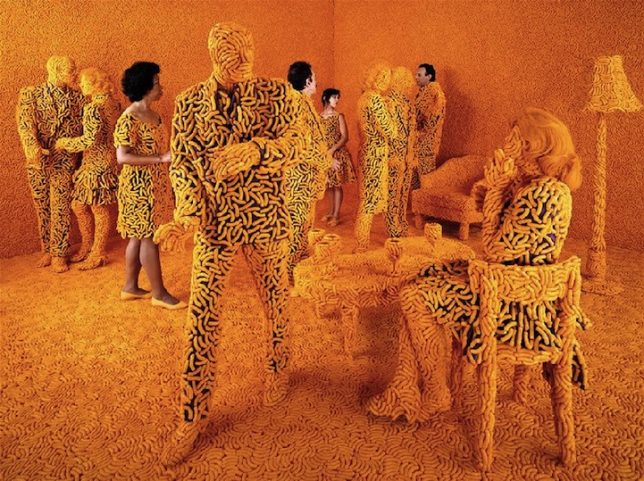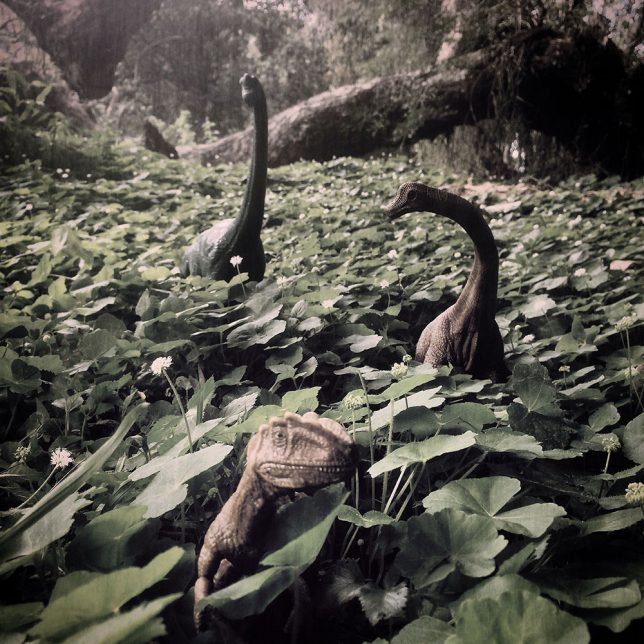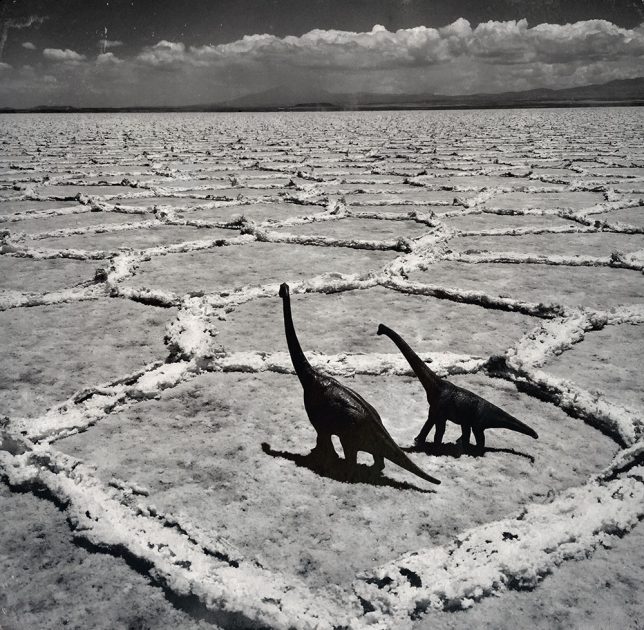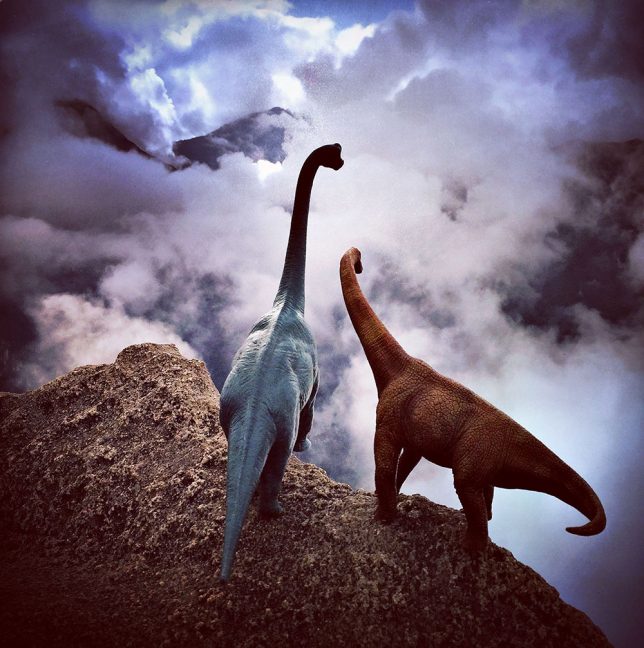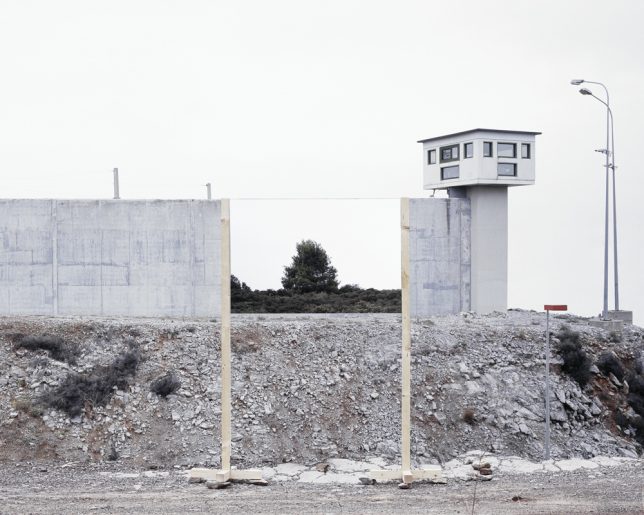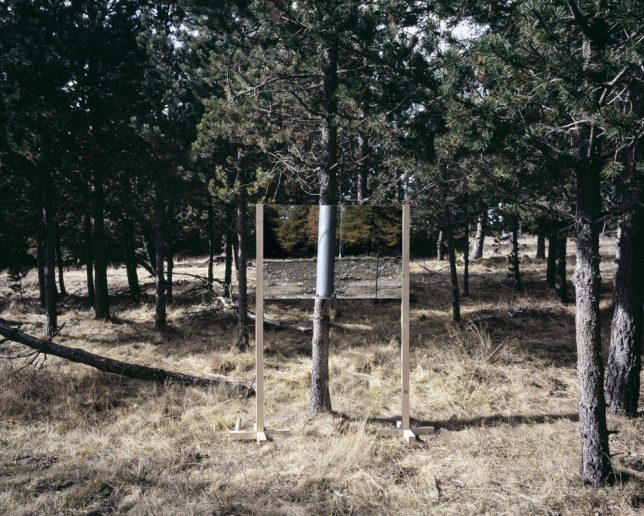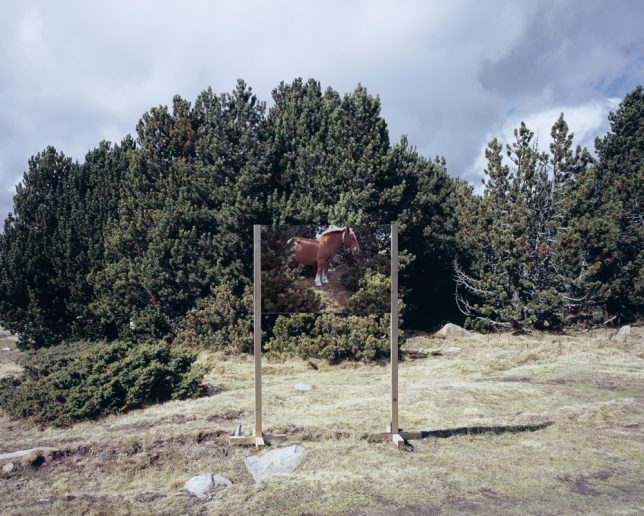The very existence of Photoshop has made it easy to immediately dismiss impossible-looking images as digitally altered, but some bizarre scenes are more real than they appear. Anything from a particularly alien-like landscape to a rare cloud formation can provoke cries of ‘Photoshop!,’ but it’s particularly impressive when these illusions are created through art, with the help of mirrors, acrobatic models, trick perspective and serendipitous timing.
Coincidence Project by Denis Cherim
The almost too-coincidental-to-be-real photography of Denis Cherim relies on the patience to wait for exactly the right moment, when various elements of a scene come together in just the right way. His series ‘The Coincidence Project’ sees ordinary scenes from new perspectives, moving to particular vantage points to encourage serendipitous alignments.
Gravity-Defying Performances by Li Wei
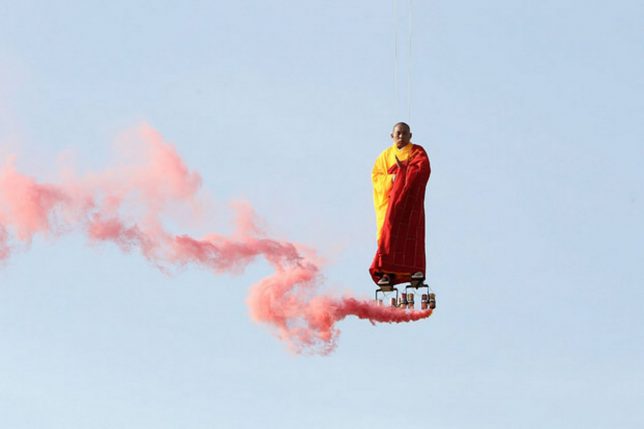
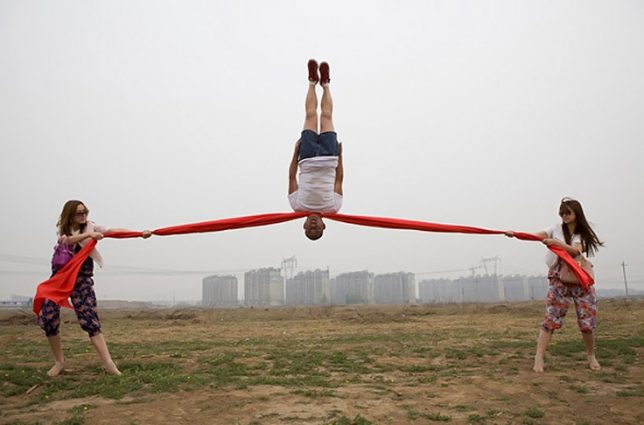
How can there possibly not be any photo manipulation going on in images where people are floating in mid-air? Li Wei’s particular blend of photography and performance art uses the strength of his subjects – including no small amount of acrobatics – along with invisible props and mirrors to create scenes that aren’t exactly as they appear.
Surreal Scenes by Sandy Skoglund
Fish fly through blue-toned bedrooms, foxes take over dining rooms and people hang from ceilings in dreamlike scenes by artist Sandy Skoglund, who spends months building each elaborate set. Favoring vivid color schemes, Skoglund mixes her hand-made sets and inanimate figures with live human models and takes photographs of the resulting contrasts.
Toy Dinosaur Travel Shots by Jorge Saenz
What look like screenshots from an old stop-motion animation dinosaur movie are actually just toy dinosaurs artfully placed within landscapes by photographer Jorge Saenz. His ‘#dinodinaseries’ project makes the figurines appear larger than life, sometimes looking surprisingly real in their incongruous modern-day settings.
Mirror Landscapes by Guillame Amat
Mirrors seem to offer portals into a slightly different reality in Guillaume Amat’s ‘Open Fields’ project, which carefully places a reflective stand in various landscapes. The reflections almost blend into the scene, but not quite – leading to images that are inaccurate renderings of the setting, but in such a subtle way it can take a moment to realize what’s wrong with the picture.
